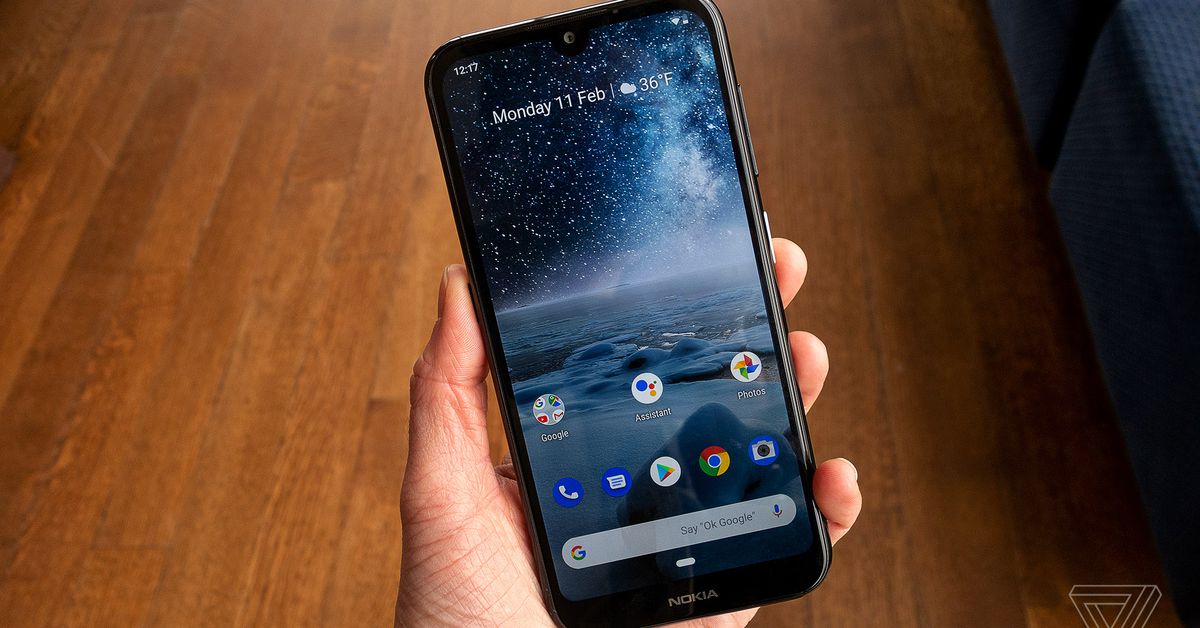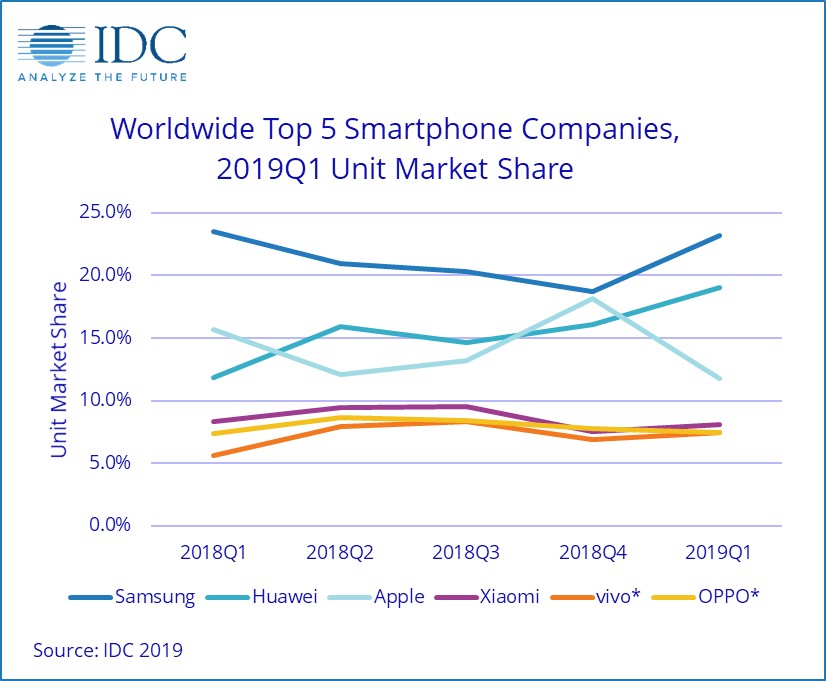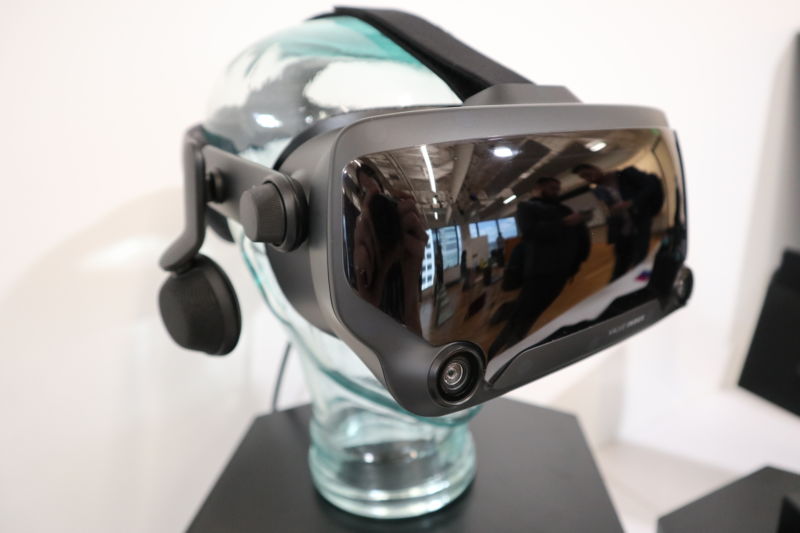Play Expert Plus Mode on Beat Saber Wirelessly with the Oculus Quest, Xbox One X Down to $349.99, Xbox Controllers for $39.99, 33% off The Division 2 for Xbox.
Want more deals? Join the IGN Deals Newsletter.
By Eric Song and IGN Staff
Welcome to IGN's Daily Deals, your source for the best deals on the stuff you actually want to buy. If you buy something through this post, IGN may get a share of the sale. For more, read our Terms of Use.
We bring you the best deals we've found today on video games, hardware, electronics, and a bunch of random stuff too.Check them out here or like us on Facebook and follow us on Twitter to get the latest deals.
It's finally here! When Dan Stapleton brought in the Oculus Quest for review, I was able to personally test it out. I am a huge Beat Saber fan and I had my doubts about a completely wireless Oculus headset being able to handle the game, both performance and tracking wise. Well, let me tell you that not only is Expert + mode enabled on the Oculus Quest, the internal tracking and coverage on it is very, very similar to the Oculus Rift that I currently own and much better than the PSVR. The wireless freedom is how it was meant to be played. Of course, there are other games that are available at launch, but for me, I'm probably going to get this headset for Beat Saber alone. Some other great features on the Quest include a built-in camera so that you can see your surroundings without taking off your headset, an intuitive guardian boundary system that's much easier to use than the Rift, and Chromecast support so that you can mirror your screen to a TV so everyone else can watch.
This is the second of the two Oculus headsets that went up for preorder yesterday. We haven't been able to review this one yet but it's a tempting headset at a price that's only $50 more than the previous generation Rift. The biggest upgrade, like the Quest, is the internal "Insight" tracking system; there are no external sensors required here. Additional improvements include upgraded optics with higher resolution displays and reduced screen door effect, a redesigned halo headband that should be more comfortable and form fitting than the previous version, new Touch controllers, and less cables to hook up (only one USB and one Displayport). It's also compatible with all games from the Oculus store. For those of you who don't yet have a Rift and have a powerful PC and want all the games that the Rift has to offer, the Rift S might be the best choice.
Take $70 off the regular price. The PSVR is still the most economical way to immerse yourself in the world of high-definition VR gaming, especially when you consider the fact that the PS4 ecosystem is far, far less expensive than a gaming computer that can handle the Rift or Vive. If you do jump onto the PSVR bandwagon, do yourself a favor and pick up a copy of
Beat Saber. It's easily the best game for the PSVR.
NEW PRICE DROP. Today you can get $150 off the Xbox One X console plus PUBG. Add $20 for NBA 2K19, or add $30 for either game and a second wireless controller. These bundles are sold through Walmart Marketplace, and the vendor (antonline) is 100% reputable.
Xbox One X:
Xbox One X with Bonus 2nd Controller:
Xbox One X with Bonus Call of Duty: Black Ops 4:
Take 33% off a brand new official Microsoft Xbox One controller. Besides being the obvious controller of choice for the Xbox console, the official controller is still inarguably my favorite PC game pad.
Use code "39AliSub6cw13" Dell Outlet is currently offering an extra 16% off Alienware m15 and 17R5 laptops on top of the instant discounts you already save. All Dell Outlet laptops include a full 1 year Dell warranty, same as buying new.
Some examples:
This Alienware 17 laptop boasts a GeForce GTX 1070 video card that can run any game with buttery smoothness on its 17" 1080p display. The GTX 1070 is as powerful as its desktop variant, so it capable of handling a VR headset like the Rift or Vive and higher resolution external monitor.
You can get this game directly from the Microsoft Store for $20 off (originally $59.99). We thought that the Division 2 was a
great game, and definitely a step up from its predecessor. If you enjoy co-op based shooters, I highly recommend you try this one out.
We rated this game an
"Amazing" 9.5/10. Brandin Tyrell writes "
A stylish, focused stealth-action take on the FromSoftware formula that's something amazing all its own." If you like Souls or Bloodborne at all, this game is an absolute must buy.
This is yet another action adventure hack-and-slash that we rated an
"Amazing" 9.5/10. This is one of the best (if not the best) Devil May Cry game in the entire series. DMC5 definitely has a more frenetically fast-paced gameplay compared to Sekiro (more akin to Ninja Gaiden or Bayonetta).
Final Fantasy XII was one of the best FF games ever produced and now it has finally made its way to the Switch platform. The Zodiac Age edition includes remastered HD graphics and audio, an improved character levelling system, new trial mode, auto-saves, reduced load times, and more.
Read the original manga that started the whole Dragon Ball craze. This box set includes all 16 paperback volumes of the
original Dragon Ball series as well as an exclusive double-sided poster and collector's booklet.
Dragon Ball Z continues after the events of Dragon Ball. Dragon Ball Z introduces some of the series' most iconic antagonists, including Frieza, Cell, and Majin Buu. This box set includes all 26 paperback volumes as well as an exclusive double-sided poster and collector's booklet.
This laptop sells for $1699.99 elsewhere. The Razer Blade Q is easily one of the nicest gaming laptops you can buy. It has the sleek build quality of a MacBook Pro, but with powerful gaming guts inside. Despite it's standard 15" size, it weighs only 4.4lbs and measures 0.76" thin.
According to early benchmark tests, the GeForce GTX 1660 Ti performs on par with the RTX 2060, which means it could be about 1.5X faster than the GTX 1050 Ti and 10%-25% faster than the GTX 1060. But look at the other specs, will you! This beast comes equipped with the latest Intel Core i7-9750 processor, 32GB of memory, and 512GB of SSD storage.
The 2018 Apple iPad is down to its lowest price ever (25% off compared to list price). This model boasts a 9.7" Retina display, A10 Fusion 64-bit processor, dual cameras, 10-hour battery life, and Apple Pen support.
The Apple Watch Series 3 is back at the lowest price it has ever been. If you don't need the ECG or other medical capabilities of the Series 4, you'll be saving $200 by going just one generation back. The Series 3 features an aluminum case that's waterproof up to 50 meters, built-in heart rate monitor, GPS, and its small, sleek, and looks almost identical to the Series 4.
Dell has kicked off this week with a selection of 10 Vizio and LG TVs. They've discounted several well-rated current model TVs the way they always do - with a 90-day gift card that can be used on almost anything at Dell.com, including consoles, monitors, VR headsets, games, video cards, and PCs.
4K Smart HDTVs:
Premium 4K Smart HDTVs with True HDR:
Score the latest generation 40" Samsung 4K TV with Smart functionality for under $250. You even get free shipping to boot.
This is the lowest price ever for this very hiqh quality TV panel. The TCL R617 series is one of their top-end TVs and is considered to be one of the best sub-$1000 TVs on the market. If you don't care about brand names, you can save hundreds compared to a comparable premium TV from LG, Samsung, or Sony TV that matches the quality of this set. It also has Roku TV built-in.
Use code "SAVE15"
Score an RTX 2080 equipped Alienware desktop for under $1400 following the instructions below. Stock specs include an Intel Core i5-9400 6-core processor, 8GB of memory, and 1TB HDD. The only recommendation I'd make is to add in your own SSD. SSDs are much cheaper than they used to be and it doesn't void your warranty.
If you've got deep pockets, you can upgrade to the RTX 2080 Ti instead. This is the only way you'll be able to get a brand new, fully warrantied pre-built RTX 2080 Ti configuration for under $2K.
Buying the Switch, Starlink Starter Pack, and Accessory Kit separately would normally run you about $350. The Switch version of Starlink includes the Starfox character as well as the iconic Arwing starfighter, the closest thing you'll get to playing a Starfox game on the Switch.
The Sega Genesis Mini is now up for preorder with a slated release date of September 19.
40 games will be pre-loaded onto the console. All reports indicate that Sega is going to do this release right. According to our own
Seth Macy, "
if you have emulation worries, Sega has M2 working on the emulation for its mini console. If you're unfamiliar with M2, it handled the excellent Sega Ages Collections and also the delightful Sega 3D Classic collections for Nintendo 3DS. It would be hard to find a developer with a better pedigree to handle the software for the first-party Sega Genesis Mini."
Eric Song is IGN's deal curator and spends 25% of his pay on stuff he posts.
Let's block ads! (Why?)
https://www.ign.com/articles/2019/05/01/daily-deals-oculus-quest-wireless-vr-headset-and-oculus-rift-s-up-for-preorder
2019-05-01 09:04:29Z
52780281626190








